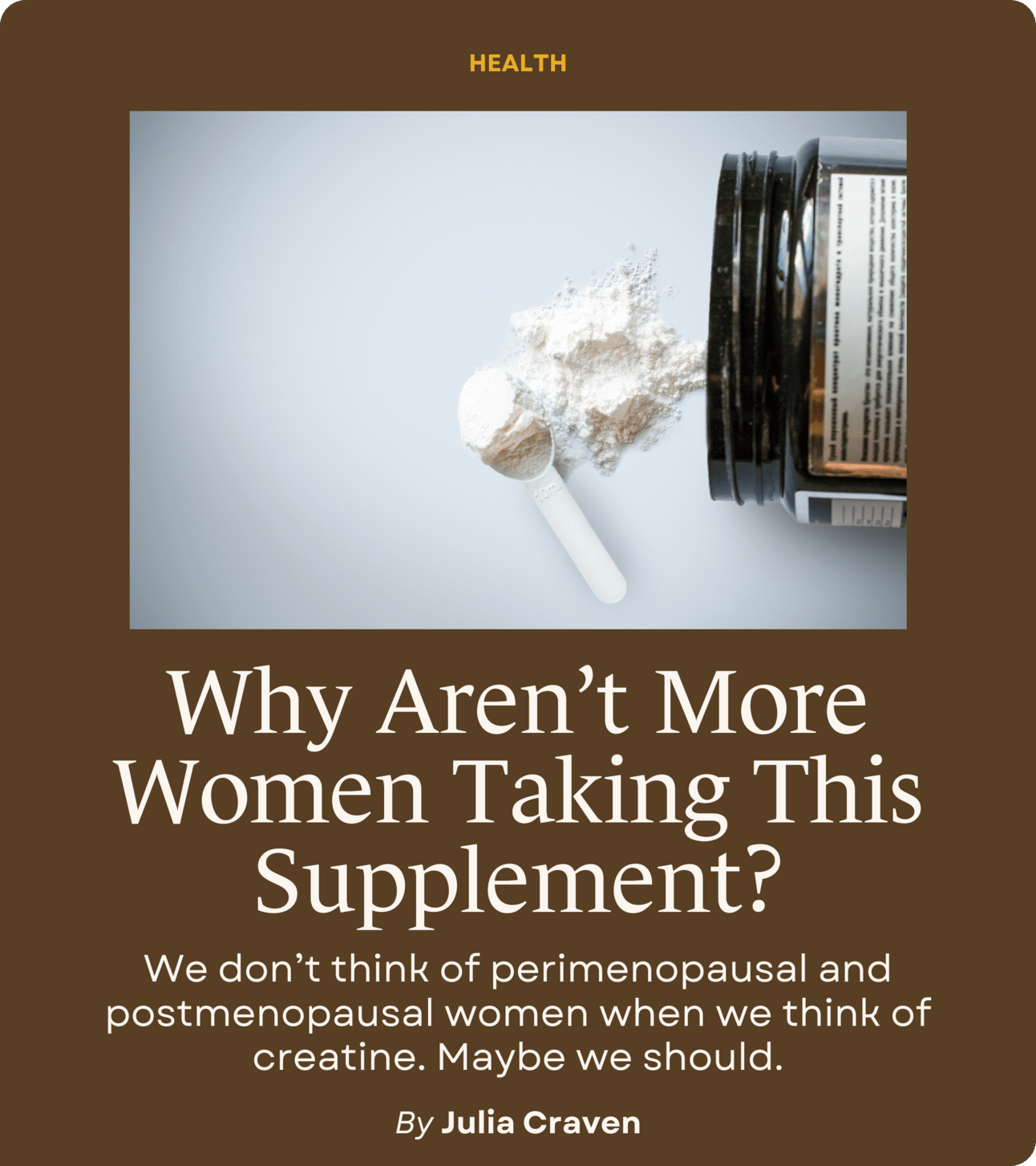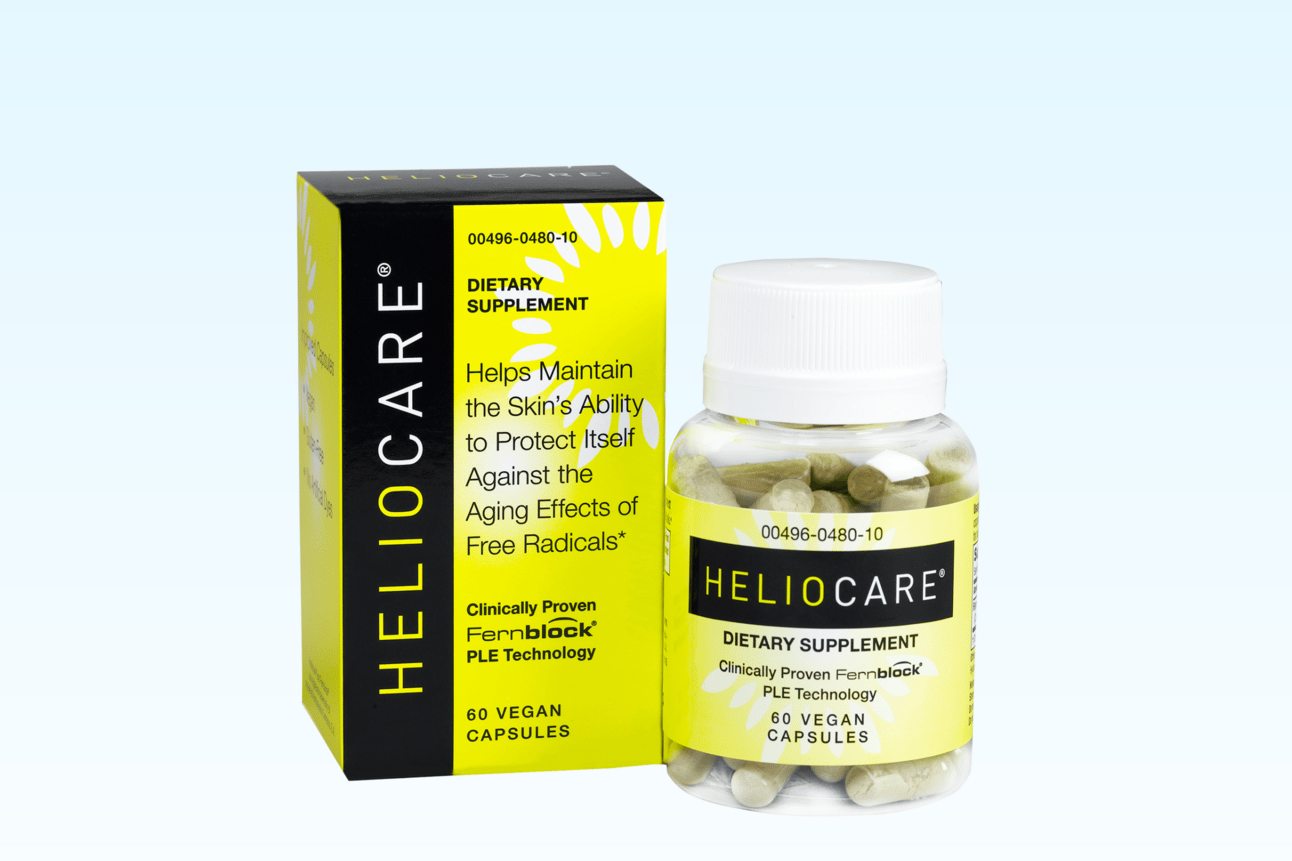- Gloria
- Posts
- A Muscle-Building Miracle?
A Muscle-Building Miracle?
Plus: yacht world, new shows, and more.

Hi friend,
The debut of Evan Osnos’s new book – a collection of essays, really – about the superrich seems particularly well timed. We just listened in amazement to the first few chapters about yachts. (Did you know that there are yachts, superyachts, and gigayachts? Have you heard of the acronym L.O.A., which stands, somewhat phallically, for “length over all” — an important metric in yachts?).
The writing strikes a perfect balance in tone. You’ll laugh, while also thinking this explains why everything’s gone so…wrong. (After yachts, Osnos explores the bunker plans of the supperrich, including tech founders planning an escape from the society they’re actively destroying; tax avoidance; and political donations.)
We can test our newfound yacht-world knowledge next week, when the three-day-long wedding celebration of Jeff Bezos and Lauren Sánchez will kick off in Venice, Italy.
Vogue is on top of the entire thing. Anna Wintour has realized that Bezos and Sánchez aren’t going anywhere; they are “the new elite.” Anna is not only helping Sánchez “style her Oscar de la Renta wedding gown, just one of the 27 Italian designer dresses the former Fox News anchor has bought for the affair,” she’s also got the exclusive on the wedding photos. The bash is estimated “to start at around $10m” and will be “a pageant of excess, with private jets, superyachts and an exclusively reserved fleet of vintage water taxis ferrying a guest list that doubles as a directory of global elites,” writes Stephen Armstrong for the UK Observer.
Bezos’s record-breaking yacht, the Koru, appears in Osnos’ book. It’s where he proposed to Sánchez, and reportedly where the ceremony is to take place — a setting both conspicuously, flamboyantly opulent, and at the same time, wildly private.
This week, in Gloria (where we remain on dry land): the truth about creatine and aging, plus a few recommendations for your weekend.
Bye,
Your friends at Gloria
Splurge on your trip, not your travel wardrobe
Quince believes that quality should never be a luxury, with premium apparel, accessories, and luggage all priced at 50-80% less than competitors.
Ready to upgrade your vacation style? Check out the 2025 Resort Collection.

Creatine has been associated with male bodybuilders, athletes, and gym rats since it sprinted into the general public’s knowledge following the 1992 Summer Olympics. I think it’s safe to assume that we don’t think of perimenopausal and postmenopausal women when we think of the supplement.
Perhaps we should. We know that lean muscle mass decreases for men and women after age 35, but the chances of hitting a critical level of decline are higher for women — who tend to have less muscle mass to begin with — and that risk spikes as a woman enters menopause.
As estrogen levels lower, bone and muscle mass loss increases, a shift that can lead to a higher risk of osteoporosis and bone fractures. Other sex hormones are thought to play a role in accelerated muscle loss seen during menopause, too. Drops in testosterone, DHEA (Dehydroepiandrosterone), and progesterone levels could also translate to decreased strength and declines in muscle performance, explained Dr. Karen Adams, a board-certified OB-GYN and North American Menopause Society-certified menopause specialist at the Stanford Health Care Gynecology Clinic.
Research has found that the perimenopausal years are a good time to start figuring out ways to mitigate muscle and bone loss. By incorporating creatine into their routines, perimenopausal and postmenopausal women may be able to enhance exercise performance — boosting their strength and helping to maintain muscle mass for longer, contributing to their overall health and vitality.
“Creatine has been demonstrated repeatedly to improve performance, increase muscle mass, improve mood and sleep, which improves cognition, and now to have a specific impact on bone mineralization when combined with resistance training in postmenopause,” said Dr. Suzanne Gilberg-Lenz, a board-certified OB-GYN and menopause specialist.
Unlike other trendy supplements, creatine’s actually been studied – a lot. The International Society of Sports Nutrition deemed creatine monohydrate as “the most effective ergogenic nutritional supplement currently available” based on decades of research. Creatine is found in muscle cells, and it can help you build strength, increase muscle mass, and improve exercise performance. We get about 60 to 80 percent of our daily stores from foods like chicken, red meat, and seafood. (Some studies have shown that women also consume less dietary creatine than men and appear to store less of it.)
“If you were a car, creatine minorly upgrades the gas tank, and also perhaps gives you more horsepower. This means you will probably be able to work out longer in the gym, squeeze out a couple more reps in the gym, and be a little less fatigued while you do it,” writes Casey Johnston, author of the She’s A Beast, a fitness newsletter. “It is great to take while you are trying to build strength or put on muscle (or both). It is one of the good powders.”
Creatine is indeed very safe for most people. Studies show that three to five grams seems to be the best dosage for optimal absorption. “There really are no statistically significant adverse events reported in the best trials,” said Gilberg-Lenz. And while you may have heard that it’s bad for your kidneys, that’s only for people with pre-existing issues. “Reports of impact on kidney function are not in healthy people.” (Anyone who fits this bill should play it safe and speak with their nephrologist before starting any supplement.)
Though this existing research bodes well for supplementation, studies on how creatine alone can benefit perimenopausal and postmenopausal women, specifically, remain insufficient to craft medical recommendations for this demographic. Most of the research on creatine supplementation is on men, specifically athletes. Those of us who aren’t strength, power, or endurance athletes don’t have the same physical demands. The studies that do look at peri- and postmenopausal women, in particular, don’t show promising results.
A recent review, cited above, specifically looking into the benefits of creatine, concluded that high doses of creatine — 0.3 grams per kilogram of body weight — daily for a minimum of seven days could increase skeletal muscle size and function in postmenopausal women. But two of the paper’s writers have a conflict of interest, noted Adams; they are scientific advisors for a company that commercially markets creatine supplements. (Authors of the ISSN study cited higher in this story list similar conflicts of interest.)
Another study found that taking three grams of creatine every day for two years didn’t affect bone density in postmenopausal women, but it may have boosted lean muscle mass and reduced the risk of fractures — two physical health benefits that strength training alone can accomplish.
For those interested in supplementing with creatine, making an informed decision about the brand you choose is essential. It’s best to stick to brands certified by NSF International and U.S. Pharmacopeia (USP) — two regulatory groups that ensure the sanitation and integrity of products on the market.
“The data on the use of creatine in menopausal women is sparse and mixed. Certainly, there is not enough evidence for us to recommend it right now,” said Adams. “I wish there were more data. We definitely need more research in this area.”


We use sunscreen daily, but the effects of 40+ years of sunshine on our faces keep showing up — we’re talking melasma, fine lines, and age spots. To further protect our skin and help with the effects of UV radiation, we’ve added this dietary supplement packed with antioxidant properties to our morning routine. It contains a potent, exclusive antioxidant formula called Fernblock® PLE Technology, which has been studied for more than 30 years for its ability to help protect your skin from the effects of free radicals that can cause wrinkles, discoloration, and other signs of environmental aging. Give it a try here. #partner


The Gilded Age. Image via HBO
TO STREAM Can you believe she just asked that? That exact sentiment kept popping up over and over when we were watching the trailer for the new doc Barbara Walters Tell Me Everything. It’s streaming on Hulu Monday. We’re also planning on watching Stanley Tucci’s latest season of Tucci in Italy, which is also on Hulu, and the latest season of the The Gilded Age on HBO Sunday, which is supposedly the best one yet.
TO TRY From date nights to spa days, Groupon lets you enjoy local experiences at up to 70% off. New deals appear every day, so you can discover top restaurants, salons, and activities without overspending. Explore today’s deals here. #partner
TO LISTEN This dreamy new song from British electronica musician Four Tet sounds so familiar thanks to the sample of Mazzy Star’s 1993 track “Into Dust.” He also has a great new collaboration out with The Cure from their new album, Mixes Of A Lost World.

To lower ovarian cancer risks, more doctors are recommending fallopian tube removal. • Some nice sentiments about mid-life here. • Wow, another reason to watch The Gilded Age. • Older women are leading the charge when it comes to protests.


*Gloria may receive an affiliate commission on purchases made through our newsletter.


Reply